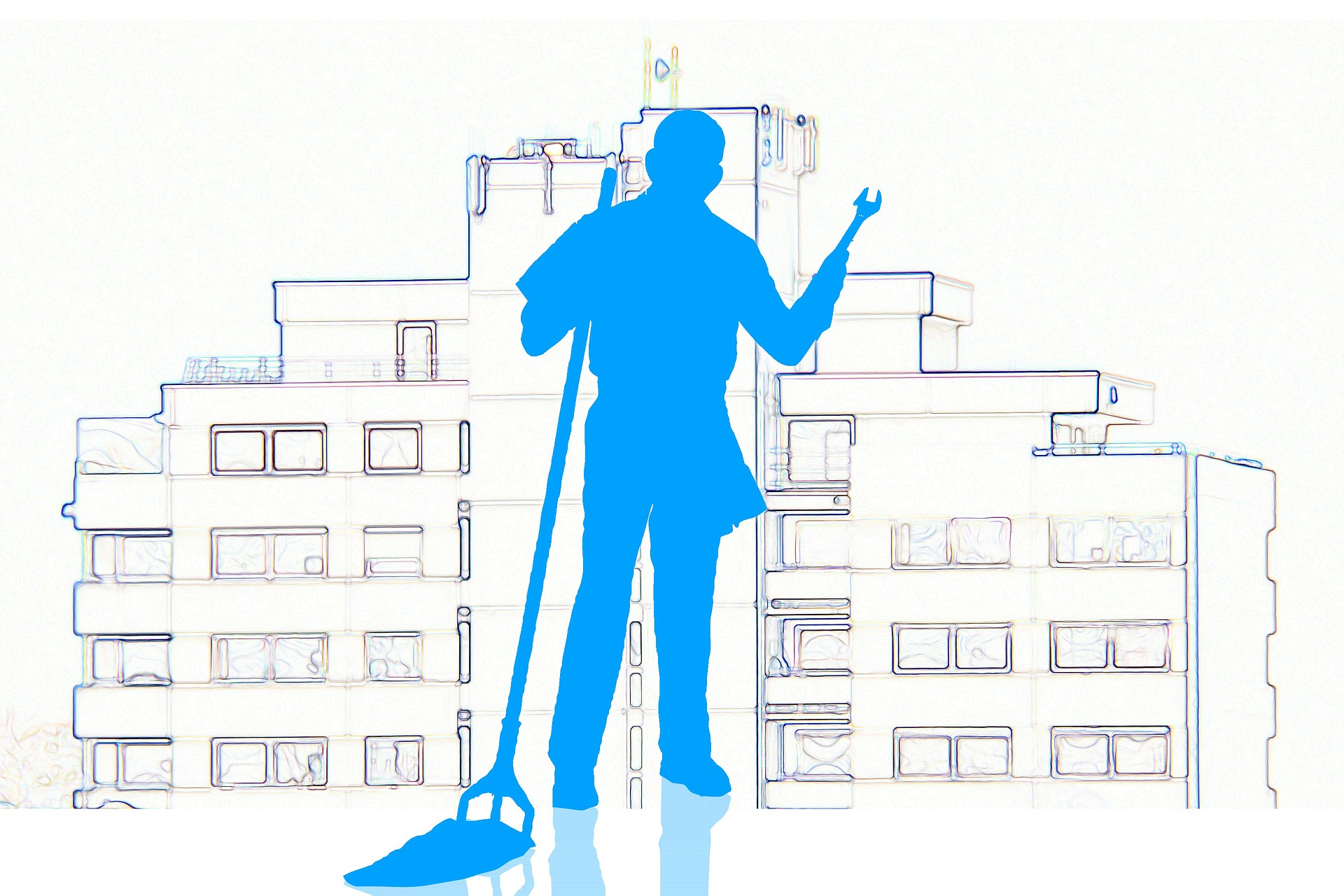Life bombards us from almost every direction. Phones, commutes, stress in and out of the workplace. We all need a place to relax. Call it Zen, Feng Shui, or merely carving out your personal space. Here are 5 tips to help make your home a haven.
Get Organized and Eliminate Clutter:
Where do you store items in your home? If the answer is any flat surface, you’re not alone. Design experts say this is the most critical place to start in bringing more serenity to your life. Everything should have a home. For items, you no longer use or want, get rid of them. Buy storage bins for that pile of papers you will probably never get to. Take a hard look at your counters, desk, and tables. These are usually the first surfaces to get covered in junk. Toss it, and then keep it clear.
Create balance and Texture:
Furniture and décor should calm or energize you, depending on what you’re seeking. Designers suggest adding texture with wood and fabrics. Feel good pieces such as sports rugs for an office or entertainment area add interest and help create a mood. Think about how furniture is arranged. Experts suggest, for example, having only the headboard of your bed against a wall so that energy can travel over, under, and around you while you sleep. Consider adding scents. Smell is a tremendous memory trigger that can also create calm.
Cool off with Cool Colors:
Earth and water tones such as browns, grays, blues, and greens also help to create an aura of calm in our homes. If you don’t want to achieve this through painting walls, add it with furnishings from cool, colorful throws, to window treatments.
Make Nature Your Friend:
Consider interior landscaping. Plenty of evidence exists about the benefits of having plants indoors. They reduce carbon dioxide, help clean the air, and increase humidity, to name just a few. Picking the right plants, or getting an expert to help you with it, ensures you won’t increase your stress worrying about caring for those plants. Philodendron, succulents such as a jade plant, aloe, or peace lilies are all relatively low maintenance. You might also think about herbs, which have added benefits of adding aroma and edibility to your indoor landscape.
Keep Lighting Low:
Harsh, overhead lighting raises stress levels. Bright lights create energy rather than relaxation. So the key here to bring more Zen into your home is to keep it low—both in brightness and in height. Ditch those traditional ceiling lights in favor of lamps. Newer, warm LED lights and incandescent light tend to be more relaxing than fluorescents. Besides, consider adding dimmer switches to your lighting so you can adjust just how much brightness you really want.
Conclusion:
Bringing calm into your home and eliminating stress may have added health benefits by helping to improve your sleep and preventing weight gain. Best of all, these tips are easy and inexpensive to implement.
Read Also:






















